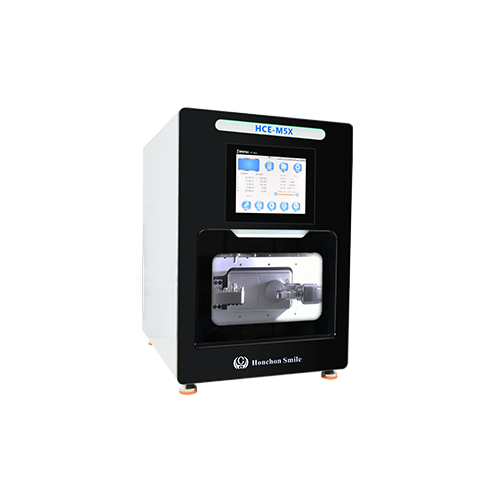In modern dentistry, CAD/CAM milling machines are at the heart of digital workflows. Whether you’re fabricating zirconia crowns, bridges, or implant components, these machines deliver the precision and speed that patients and labs demand. But just like any high-performance equipment, a milling machine needs care. Regular maintenance is not only about avoiding downtime – it’s about protecting your investment, ensuring accuracy, and extending the life of your machine.
This guide walks you through practical maintenance steps, from daily cleaning to quarterly professional servicing, and shares tips that help dental labs run at their best.

Consistent Accuracy – A well-maintained spindle and calibrated axis mean every crown fits right the first time.
Less Downtime – Catching issues early prevents costly breakdowns.
Longer Lifespan – Machines that are cleaned and lubricated regularly can serve your lab for many years.
Better ROI – Protect the significant investment you’ve made in digital dentistry.
Clean Surfaces – Wipe down the exterior with a damp, lint-free cloth. Avoid harsh chemicals.
Clear the Chamber – Use compressed air to remove zirconia dust or PMMA chips.
Inspect Tools – Look for wear on burs or cutters. Replace dull tools before they affect precision.
Lubricate Moving Parts – A light application in the spindle or tool holder keeps everything moving smoothly.
Calibration – Run a quick calibration of axes and tool length to confirm accuracy.
Cooling System Check – For wet milling machines, inspect water filters and coolant flow.
System Logs – Review error reports and fix recurring issues before they escalate.
Deep Cleaning – Clean the milling chamber, spindle, and ventilation system thoroughly.
Check Components – Inspect belts, pulleys, and electrical connections for wear or corrosion.
Software Update – Keep both firmware and CAM software updated for better stability and security.
Professional Service – Have your machine inspected by an authorized technician.
Replace Key Parts – Spindles, bearings, and filters may need replacement depending on usage.
Performance Test – Run sample milling jobs and compare output quality to your standard.
Follow the Manufacturer’s Manual – Every machine has unique requirements.
Keep Records – Log maintenance activities, tool changes, and part replacements.
Train Staff – Ensure all operators understand cleaning, calibration, and troubleshooting steps.
Use Genuine Consumables – Quality burs, lubricants, and filters extend machine life.
Dust Build-Up – Clean regularly and check ventilation filters.
Tool Wear – Replace burs on schedule to avoid bad margins or rough surfaces.
Software Errors – Update software, and restart systems to avoid glitches.
Loose Electrical Connections – Inspect quarterly to prevent sudden breakdowns.
A CAD/CAM milling machine is the backbone of a digital dental lab. With a structured maintenance routine, you ensure that your equipment keeps delivering reliable, high-precision restorations day after day. Preventive care saves you time, money, and frustration – and keeps your patients happy with faster turnaround and consistent results.
Think of maintenance not as a chore, but as an investment in your lab’s success. With the right care, your milling machine will continue to perform at its peak for years to come.